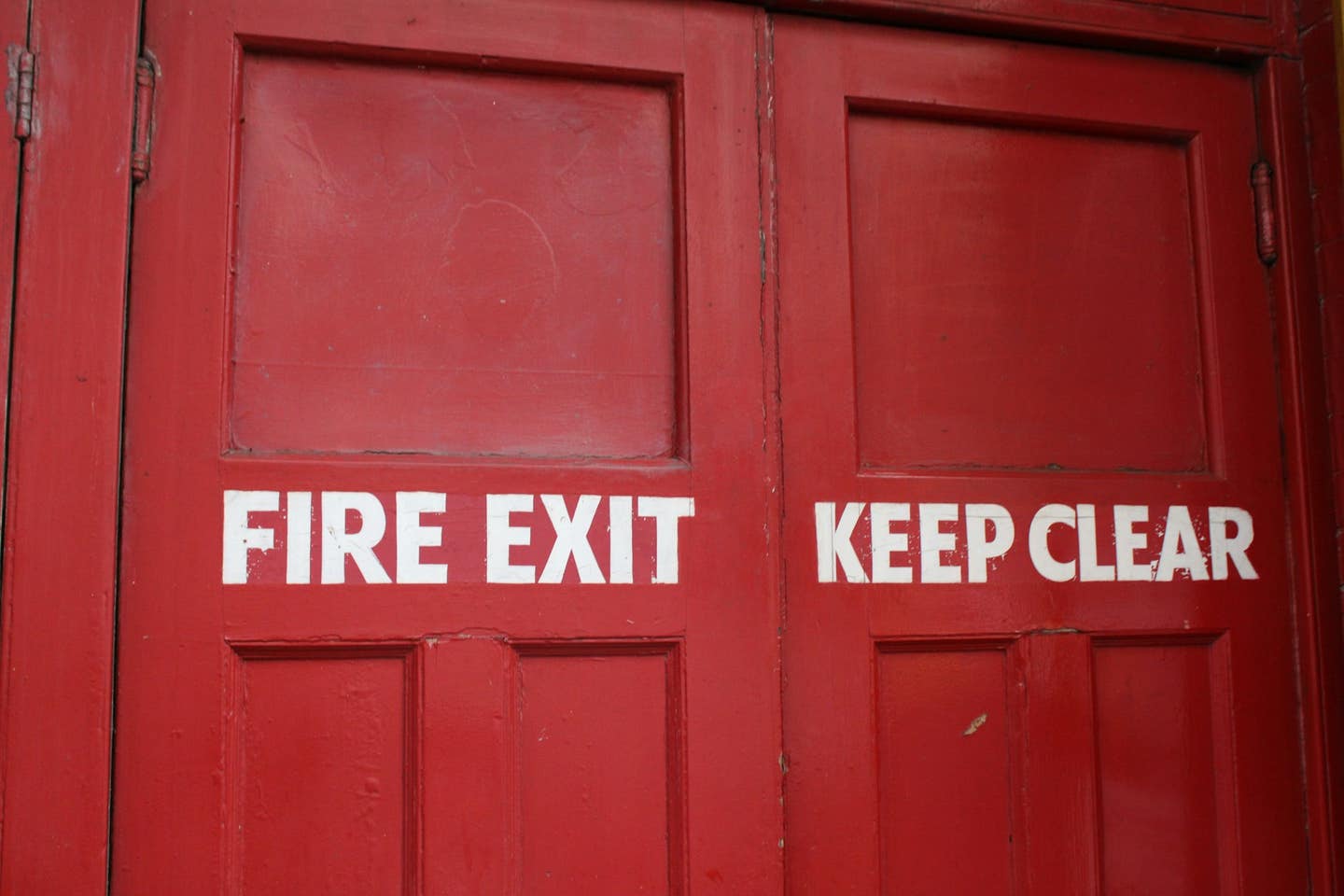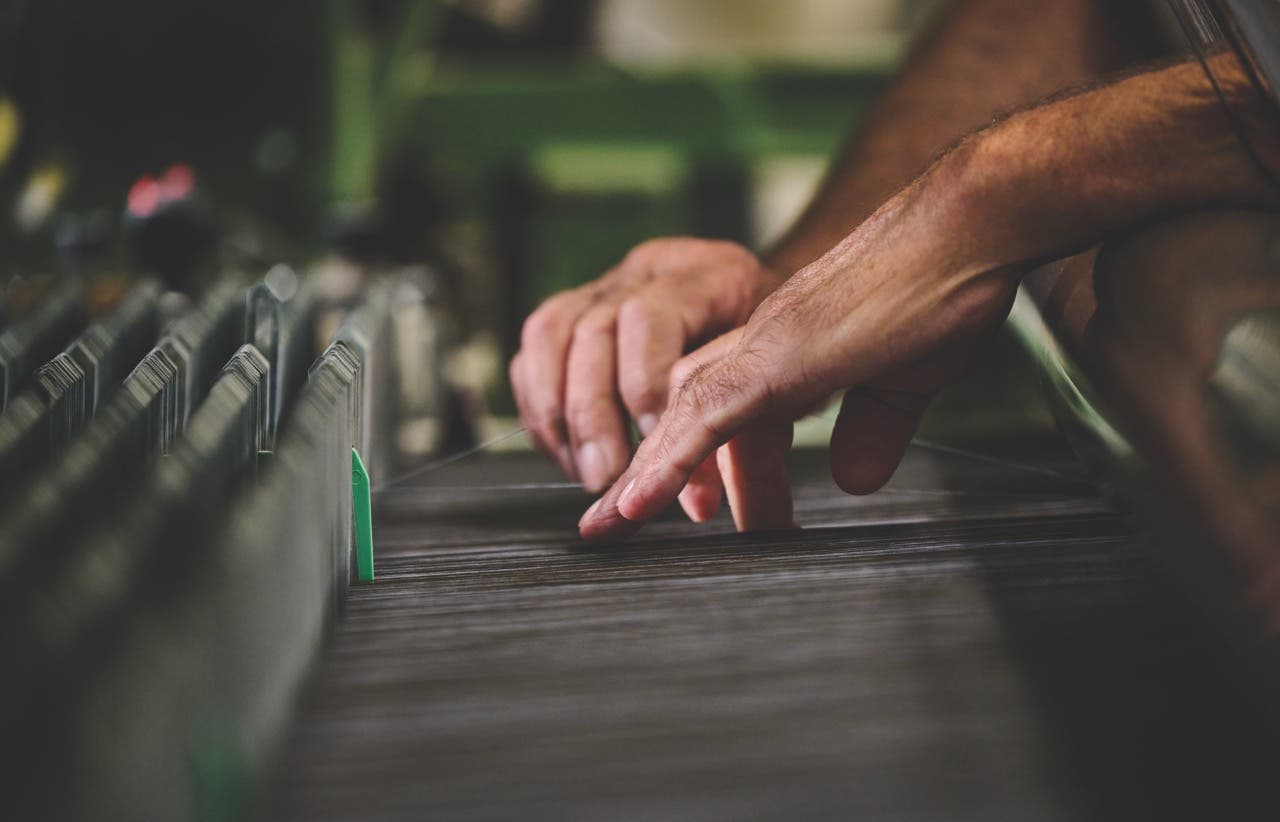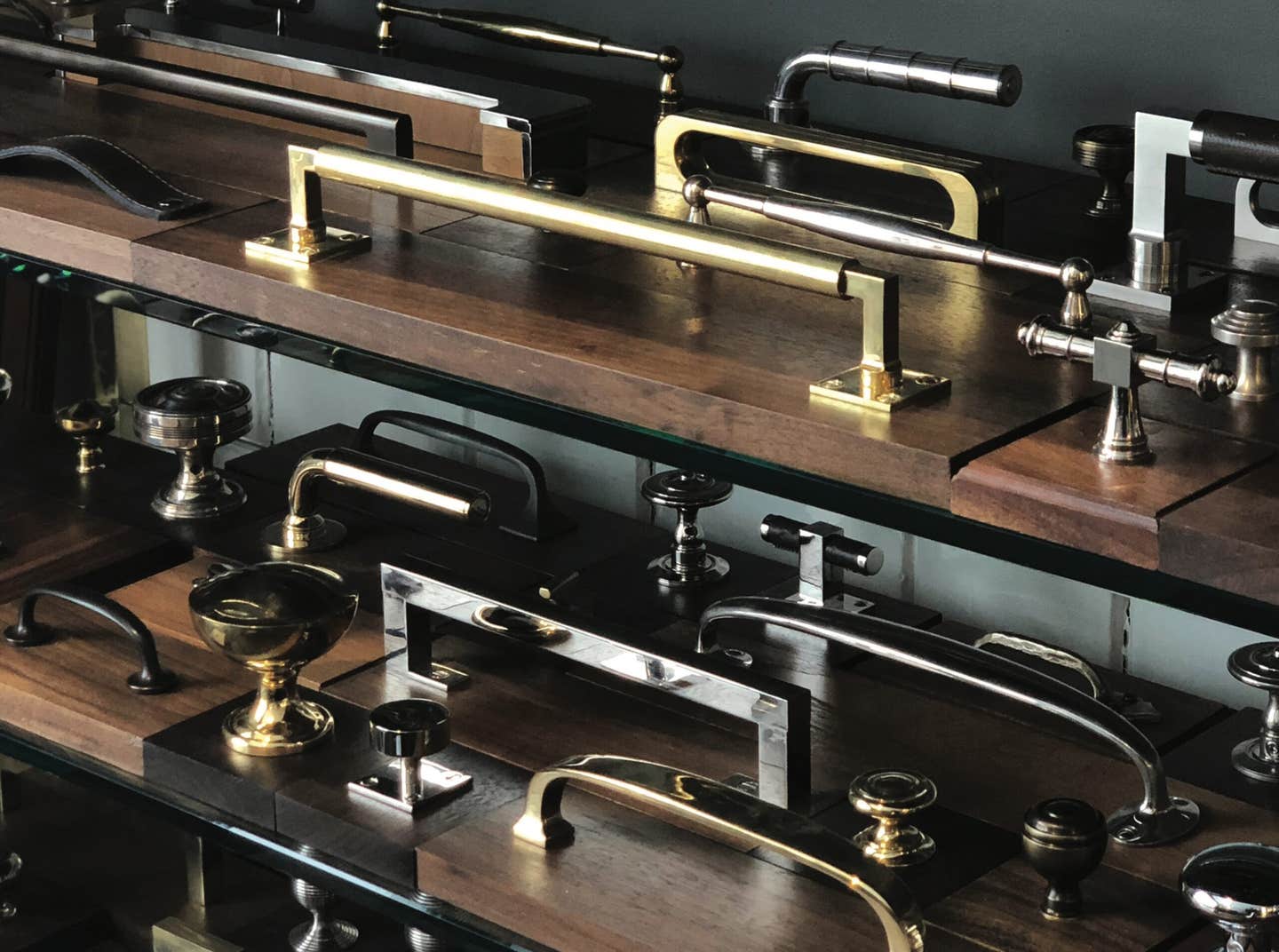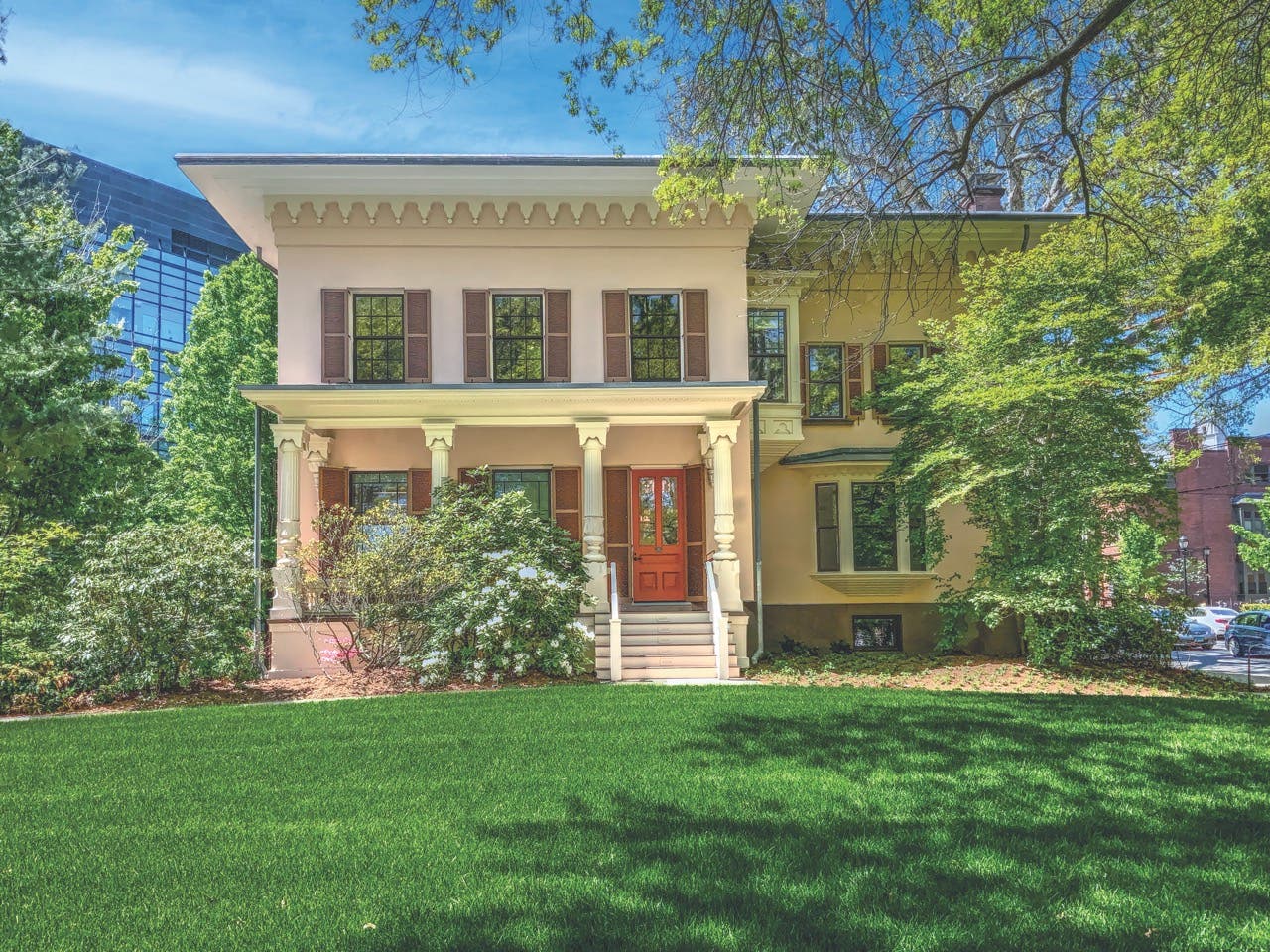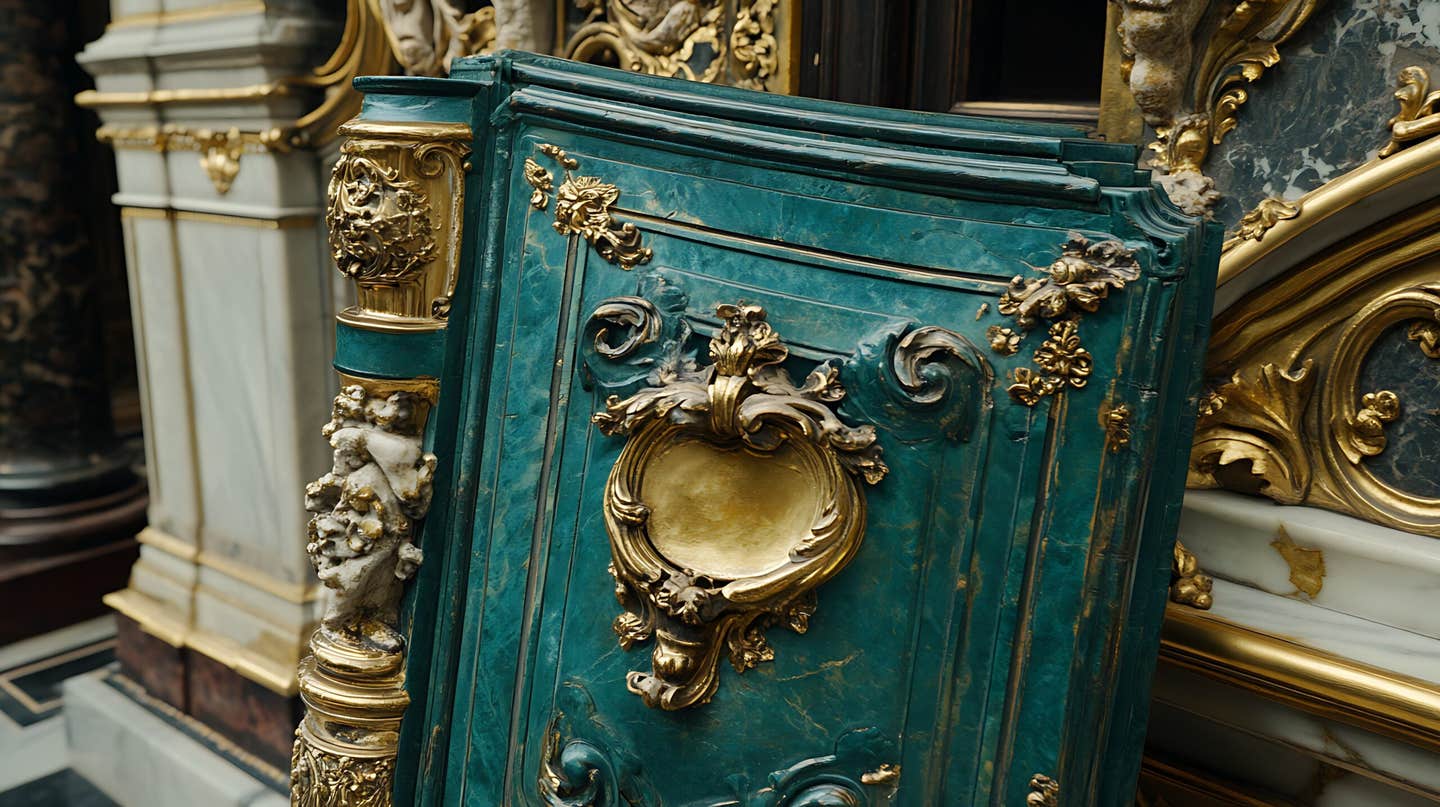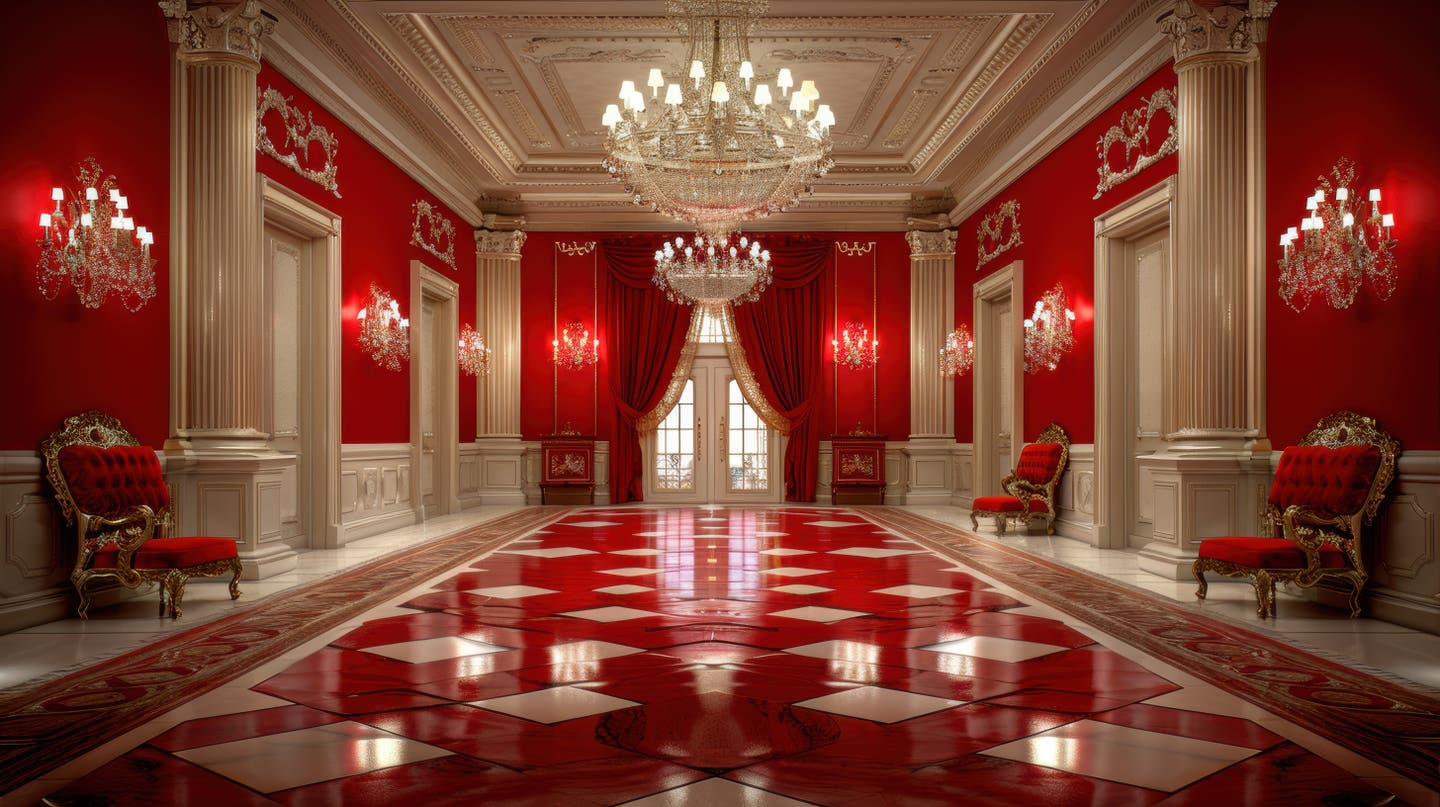
Product Reports
Decorative Metals: The Truth Behind the Terms
Clear communication is at the root of any design project’s success—owner, architect, fabricator, and finisher must all be on the same page. However, a number of architectural terms regarding metals, although deeply embedded in the lexicon of the design and build trades, are not fully understood. Blackened steel, architectural bronze, wrought iron, and oil-rubbed bronze are just a few examples.
These seemingly technical terms, which at first glance appear meaningful in a universal way, are at their heart false and or misleading upon closer examination. At best, they can quickly lead to misunderstandings and confusion; at worst, they can end in project failure and legal peril. I’ve worked in the decorative metals trade for 25 years, both nationally and internationally, and here is my attempt at clearing up the confusion and getting everyone on the same page:
Wrought Iron, Forged Iron, + Forged Steel
Wrought Iron is an actual, but now archaic, metal alloy, the predecessor of modern steels. It’s an extremely durable, corrosion-resistant material with a grain similar to wood. It was generally graded in four classes.
Many metal structures and historic landmarks were fabricated using wrought iron, from gates and railings to anchor chains and trestle bridges. Famous wrought iron structures include the Eiffel Tower and the Statue of Liberty’s original internal support framework. Commercial production of the alloy was discontinued in the 1950s, however, reclaimed wrought iron is still available from micro mills at $15-$25 per pound which can and should be sourced for special repair or restoration projects to maintain the metallurgical integrity of the original work.
Modern steels, of which there are hundreds of alloys, are a cheap and reasonable replacement. Mild steel, or A36 as it is also known, is most commonly used in decorative metalwork production. If no steel alloy is specified, you will find that a fabricator or blacksmith will use A36 mild steel. After all, it only costs about $0.60 per pound. Since the 1950s, when sourcing decorative work from a blacksmith or similar, you are receiving forged steel, also known as forged iron, not wrought iron the alloy. Interestingly, steel, unlike wrought iron, is very prone to corrosion and must be coated to protect it from weathering.
Here is a tricky statement: “The decorative fence and railing is wrought iron.” Forged Steel and even tubular steel is often described inaccurately as wrought iron. Without further clarification, this refers simultaneously to the end result (something made using modern steel that was worked by heat and hand) and to something produced using the archaic alloy, Wrought Iron. In other words, if you or your craftsman represents forged steel as “wrought iron,” it is imperative, legally, to clarify if wrought iron ($20 per pound) or common steel ($0.60 per pound) is acceptable.
Oil-Rubbed Bronze and US10B and Living Bronze Finishes
For many architects and designers, Oil Rubbed Bronze and US10B appear the same and the terms are used interchangeably to describe finishes on both hardware and ornamental metalwork. Both terms reference a finish on metal items, generally brass or bronze, making them appear oxidized, with a dark brown or black/brown patina that is lightly buffed back to reveal a hint of the golden bronze beneath. Technically, they also both are “Living Finishes” meaning that there is no substantial protective coating used to prevent further oxidation once the products are in service.
Here is where it gets murky, especially for metal fabricators: All three terms are incomplete. A Living Bronze Finish doesn’t indicate a color or texture. Oil is never used to create an oil rubbed bronze finish and while it does indicate a general color, it doesn’t indicate a texture. Similarly, US10B is a finish specification is controlled by the ANSI (American National Standards Institute) and BHMA (Builders Hardware Manufacturers Association) and like “oil-rubbed”, US10B just describes a color, not texture so they are all three equal in their vagueness.
A complete metal finish specification clarifies these three fundamental operations:
1. MECHANICAL FINISH: the way a metal is treated prior to chemical finish. This could be defined as: mill finish (surface remains unchanged), sandblasting (many grades or grits), graining (linear or circumferential), or polishing. There are hundreds of ways to prepare metal for patina, and clarifying the surface texture is essential for clear communication and comparative pricing.
2. CHEMICAL FINISH or CHEMICAL CONVERSION COATING: adding color to the metal’s surface. Some call this patina; others prefer the term oxidation. In the Northeast, many professionals also refer to this as “burning” the metal (not to be confused with “burnishing,” another finish term used incorrectly and to great confusion) or color of oxidation (in this case dark black/brown). There are dozens if not hundreds of sources for water-based formulas that can be purchased and applied to metals to achieve a chemical finish. Sophisticated specifiers will have identified the preferred chemistry from previous experience and add that detail to project documents.
3. COATINGS: this final step protects the oxidized layer and metal beneath from further change or damage from exposure or use. Coatings range from none, as in left to weather, to waxes and lacquers, and all the way to urethanes and powder coats. When coating an object that has been through steps 1 and 2 above, clear finishes are almost exclusively used to protect and deepen the colors. Sometimes a clear finish is enriched with tints or dyes to complement the patina. As stated above, if you desire a living finish, a wax coating will be utilized and not maintained.
To recap, an accurate specification for these related but misunderstood finishes must reference all three steps. At the very least, a color image of an approved sample, along with some reference as to how that color was achieved, must be supplied to bidders and facility maintenance personnel.
Blackened Steel
Blackened Steel sounds like one of the easiest finishes to achieve in decorative metals, yet this is the most widely misunderstood, mis-specified and complex of metal finishes.
Hot Rolled Steel is often sold with a ultra tough hard oxide film known as “mill scale” that is blue/black/grey and some designers are simply after that look. However, if that scale is removed, raw steel can be brushed, polished or blasted and then "blackened" using paints, chemical conversion coatings often referred to as patinas, gun bluing or black oxide finishes, and waxes. Frequently, there will be a combination of two or more of these processes used to reach the desired effect, and two finishers may arrive at the same place using two totally different methods! Because of this variety of applications and materials, to simply specify "blackened steel" will not effectively clarify the finishing process, nor will this general specification prevent conflict with other trades for the architect or designer. The potential for miscommunication will also limit the fabricator/finisher's ability to properly price the work, resulting in apples to oranges bidding.
If the process is a mystery to the specifier, then a high resolution image of the desired final finish is essential, and before sending this out to bid, consult with a metal fabrication and finishing professional to verify that the finish is in fact possible on the forms that are presented, some steel fabrications will not be suitable for this type of finish.
Finally, if cost is a concern or if the products are outside in weather, stick with paint. all of these processes are labor intensive, and labor is the most expensive part of metal fabrication.
Here is an example of two parts turned from steel bar: one has been nearly polished and is ready for patina, the other has been patinated and lacquered. The polished metal, combined with the high gloss lacquer, gives the finish a black mirror effect with lots of depth.
Architectural Bronze
What is Architectural Bronze? By chemical definition, bronze is alloyed with tin while brass is alloyed with zinc. So, why is architectural bronze, which is alloyed with zinc, not called architectural brass? We may never know the answer to some of life’s greatest mysteries, and this may be one of them.
While there are hundreds of copper-based alloys produced for industry, there are fewer than one dozen that are most often used by the decorative metal trades and, like handrail extrusions, .
Architectural bronze is Copper Development Assoc. Alloy CDA 385 and it is about 60% copper and 40% zinc. It is easily extruded and drawn to form complex shapes in a durable, attractive and affordable material. Decorative brass/bronze handrails are extruded architectural bronze. Though bronze is more costly by the pound than steel and stainless steel, it is often the additional time in handling and finishing that significantly adds to the cost of fabrications made from copper based alloys.
Fabricators such as ourselves typically rely on the stock provided by firms that inventory common shapes. But, for special projects or projects requiring extensive amounts of materials, the fabricators often go to a custom extrusion supplier and source the materials almost directly from the mill to save money and to get custom shapes or details that make their work and the designer's work stand out. Large mill runs of custom extrusions generally cost less per pound than wholesale stock items due to elimination of inventory costs, but then again, a moderate volume order is key plus the lead time is extended.
Architectural bronze, like all metal alloys, has limitations that your fabricator will already be familiar with. For example, if you want to add castings to a fabricated brass/bronze railing, the alloy for the cast components will be similar in color when finished, but a different, foundry ready alloy. If the fabrication needs sheets, still another alloy. Most brass/bronze fabrications are made from multiple copper based alloys. It is the copper that oxidizes in all of these alloys and skilled metal finishers will get the different alloys, which all have slightly different colors due to their varying metal composition, to match during the finish process.
Doug Bracken is the President of Wiemann Metalcraft of Tulsa, OK, a nationally recognized fabricator of fine quality forged and cast metalwork. He holds a B.Arch from the University of Southern California and is a frequent presenter at the Traditional Building Exhibition and Conference and the METALfab Convention & Trade Show (sponsored by NOMMA). His writing can also be found in Ornamental and Miscellaneous Metal Fabricator magazine.




